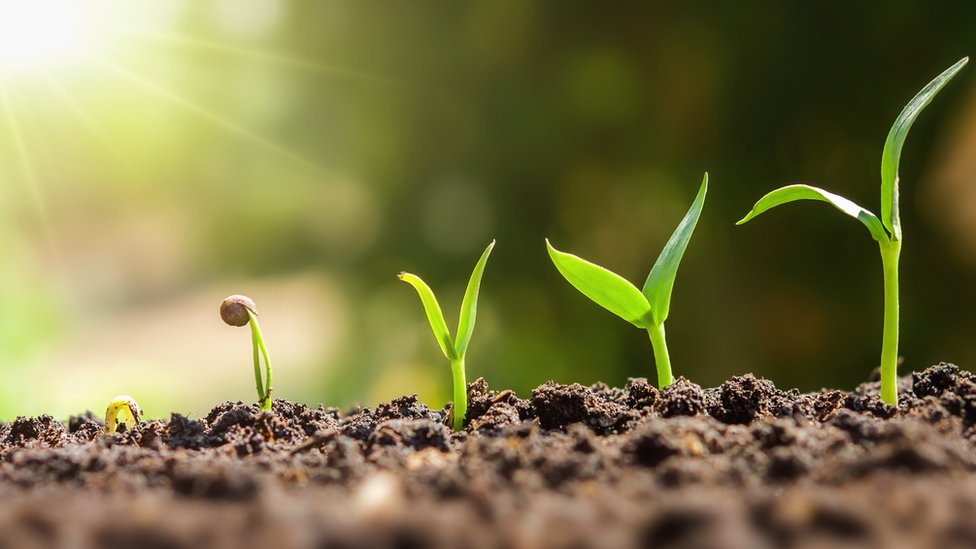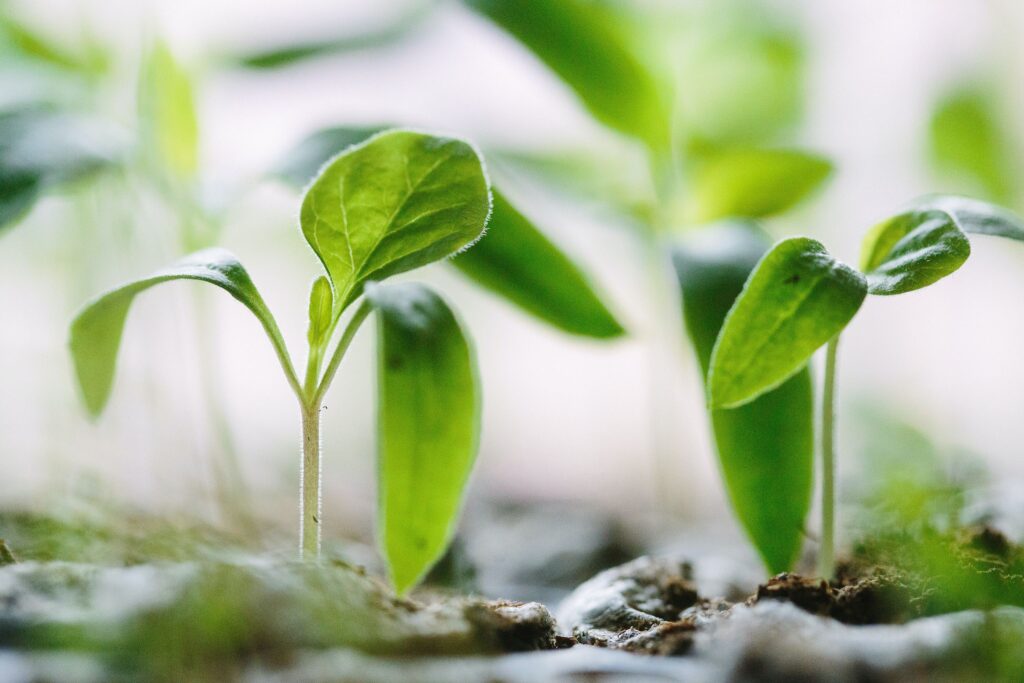plantas are the supporting of life in the world, giving oxygen, food, prescription, and boundless various benefits. The variety of the plant world is enormous and amazing, ranging from large trees to small greenery. This article looks into the significance of plants, their various types, their function in the environment, and the best way to really pay attention to them.
1. The Significance of Plants are critical to the endurance of human social orders and environments, making them crucial for all life on The planet.
a. Oxygen Creation by plantas
Through the course of photosynthesis, plants convert carbon dioxide and sunlight into oxygen and glucose. This collaboration is major for the perseverance of basically all living natural substances, including individuals, as it gives the oxygen we unwind.
b. Nutrition and Food
Plants are the most important food source for humans and animals. Plants provide the necessary nutrients for growth and endurance, from soil products to grains and nuts.
- Staples-based crops: Perhaps of the main staple harvest, rice, wheat, and maize give food to billions of individuals around the world.
- Verdant food sources: Nutrients, minerals, and fiber are completely given by these, which are important for a reasonable eating regimen.
c. Drug by plantas
Many plants have helpful properties and have been used in standard medicine for quite a while. In addition, the development of new drugs heavily rely on plant compounds for existing medicines.
- Aloe Vera: Because of its calming properties, aloe vera is used to treat skin irritations and burns.
- Willow Bark: The predecessor to migraine medication, willow bark has been used for help from distress since out of date times.
d. Benefits from Nature Plants play a significant role in maintaining ecological equilibrium. They support biodiversity, forestall soil disintegration, and lower carbon dioxide levels.
- Carbon Sequestration: Trees and woods acclimatize a great deal of carbon dioxide, helping with directing ecological change.
- Untamed life Habitat: Various species depend on the sanctuary and food that plants give to support assorted environments.

2. The plant kingdom is extremely diverse, with millions of species that can survive in a wide range of conditions. The fundamental kinds of plants are as follows:
a. Blossoming Plants (Angiosperms) With over 300,000 species, blossoming plants are the most diverse group of plants. They repeat through blooms, which produce seeds encased in regular items.
- Examples: Roses, sunflowers, and apple trees.
- Significance: They are the most monetarily huge get-together of plants, giving most of the world’s food and various things.
b. Non-Blossoming Plants Non-blossoming plants reproduce through spores rather than seeds, and they are the most widely distributed species of plants on Earth.
I. Plantas
Vegetations are old-fashioned plants that impersonate through spores and have huge, cushioned fronds.
- “Habitat”: They thrive in hidden, moist environments like wetlands and woods.
- Uses: In finishing and gardens, decorative plants.
ii. Greeneries are small, non-vascular plantas:
- The “Habitat”: Typically covering rocks, soil, or tree trunks, they can be tracked down in soggy, concealed regions.
- Role: Critical for soil improvement and as a living space for microorganisms.
c. Trees and Bushes
Woody plants like trees and bushes can live for a long time. Trees grow taller and bushes stay smaller and bushier.
- Trees: Oaks, pines, and maples are models. Trees are essential for providing shade, organic materials, and wood.
- Shrubs: Models consolidate roses, azaleas, and lavender. Brambles are commonly used in completing for their classy appeal and as ordinary obstacles.
d. Succulents
Succulents are plants that store water in their leaves, stems, or roots, allowing them to scrape by in dried conditions.
- Examples: Desert verdure, aloe vera, and jade plants.
- Care: Succulents are well-known for their ability to thrive inside and lack support.
e. Sea-going plantas
Sea-going plants live in water, either floating above the surface or completely submerged.
- Some instances: Water lilies, duckweed, and lotus.
- Role: By furnishing fish and different organic entities with oxygen and territory, sea-going plants are fundamental for the soundness of oceanic biological systems.
3. The Capability of Plants in Biological systems Plants are the groundwork of environments and give life support at each level.
a. Food Chain Producers Plants are primary producers because they convert sunlight into energy through photosynthesis. Carnivores are supported by herbivores, who in turn support herbivores, establishing the premise of pecking order.
- Photosynthesis: the process by which sunlight, carbon dioxide, and water are transformed into glucose and oxygen by plants.
- Food Webs: Plants give energy to a large number of life forms by supporting multifaceted food networks.
b. Soil Advancement and Productivity
Plants add to soil advancement by isolating rocks through root improvement and adding regular matter when they shed leaves or die.

- Utilizing fertilizer: Humus is created by the disintegration of dead plant material, which adds supplements to the dirt.
- “Stopping Soil Erosion”: Plant roots help hold the soil together, keep its structure intact, and prevent erosion.
c. Climate Rule
Plants expect a basic part in dealing with the World’s current circumstance by immersing carbon dioxide and conveying oxygen.
- Carbon Sequestration: Trees and other plants reduce the amount of this greenhouse gas in the atmosphere by absorbing it.
- The “Happening” the cycle by which plants discharge water fume out of sight, which assumes a part in the development of mists and precipitation.
4. Putting Your Plants First Regardless of whether you grow plants indoors or in a nursery, giving your plants proper care is essential to ensuring that they remain healthy and successful.
a. Light Needs:
From full sun to deep shade, plants require varying amounts of light.
- Full Sun: Succulents and cacti thrive in bright, direct sunlight.
- Fragmented Shade: Plants and hostas favor filtered light and perform well in disguised locales.
b. Watering
Water is major for plant advancement, but the aggregate and repeat of watering depend upon the plant type.
- Dry season Liberal Plants: Desert flora and succulents just require periodic watering.
- Moistness Treasuring Plants: Vegetations and tropical plants require dependable clamminess.
c. Soil and Planning
The kind of soil and the enhancements laying out wellbeing gives are fundamental.
- Well-Exhausting Soil: essential for desert plants and succulents to prevent root decay.
- Rich, Loamy Soil: Ideal for most blossoming plants and vegetables, giving a harmony among enhancements and sogginess support.
- Fertilization: In particular during the growing season, traditional care with fair manure can help solid development.
d. Pruning and Upkeep
Normal pruning empowers new development and eliminates infected or dead parts, keeping plants solid.
- Deadheading: Dispensing with spent blooms to stimulate more fledglings.
- Dancing: reducing the volume of clogged branches or stems in order to maintain shape and size.
e. Annoyance and Sickness The board
Protecting plants from bugs and contaminations is crucial for their perseverance.
- Ordinary Bug Control: introducing beneficial insects like ladybugs to control aphids.
- Organic Treatments: Using neem oil or insecticidal chemical to treat bugs without harming the environment.
Conclusion:
plants are an essential component of our lives because they provide food, beauty, and benefits to the environment. By getting a handle on the different sorts of plants and their positions in the climate, as well as how to truly zero in on them, we might even more at any point probably appreciate and uphold the typical world around us.







